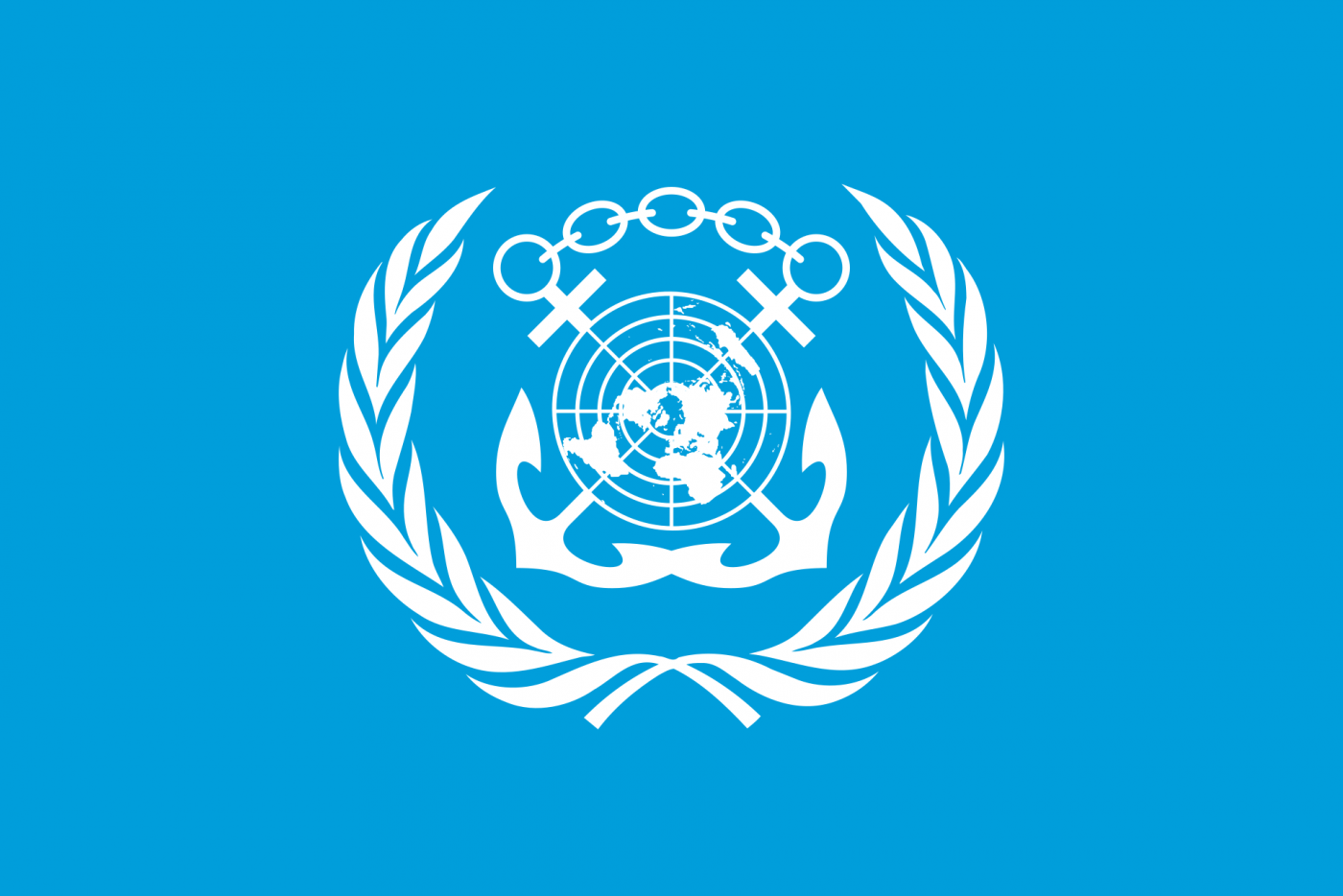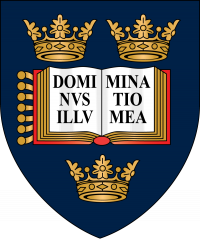The International Convention for the Safety of Life at Sea, commonly known as SOLAS, is the single most important treaty governing the safety of modern merchant shipping. It consists of 14 chapters, which cover things ranging from standard safety protocols, such as ship construction and safety equipment, to more extraordinary things, like safety onboard nuclear ships and shipping in polar waters.
It has been ratified by 168 countries, with the latest being Timor-Leste earlier this year. Together, these countries make up almost 99% of the world’s gross tonnage1, which means almost all merchant and passenger ships across the globe must adhere to SOLAS. There are some exceptions such as military and naval vessels, and primitive wooden ships, others including pleasure yachts, and fishing vessels over a certain size must adhere to regulations set by their flag administration and based upon SOLAS. Every ship that follows the Convention is inspected during construction to check there are no safety issues with its hull or machinery, among other things. Just prior to completion there are checks to ensure that it has adequate radio and navigation equipment to prevent accidents, and in the case of an accident, it has enough life jackets, lifeboats, and emergency flares, to name but a few lifesaving devices. Afterwards, passenger ships then get reinspected every year, while cargo ships get an annual inspection only for radio equipment, with safety equipment being checked every two years. 2
A treaty so extensive and taken so seriously must have a storied history, and SOLAS is no exception. It has gone through five iterations, and much of what is covered in it is written on the backs of major tragedies, beginning with its very inception.
SOLAS was first conceived in response to one of the most famous maritime disasters there is: the sinking of the RMS Titanic in 1912.
The first version, introduced in 1914 in London, tried to mandate a minimum amount of onboard safety equipment such as lifeboats, a lack of which famously doomed many aboard Titanic. 3 However, despite good intentions, the first iteration of SOLAS was inadequate. It only involved 13 countries, many of them being the great shipowning powers that later got embroiled in the First World War, such as Britain and Austria-Hungary. 4
The war halted the implementation of the treaty though many countries adopted its recommendations into their laws. More universal coverage was achieved in 1929, when the second version of SOLAS was drafted. It came into force in 1933, implementing many of the protocols of the 1914 Convention. Most notable of these were fire protocols such as fireproof bulkheads, the necessity of which was proven by the sinking of steam liner Vestris in 1928. 5 Fire safety was and still is a critical part of maritime safety as ships as they are often isolated and contain the three elements responsible for fires. 6 Despite this timeless concern, because of its late implementation, much of the Convention was already out of date when it entered into force.
After the Second World War, with the lessons of that brutal conflict in mind, it was high time for a new Convention, one administered not by one country but a central body.

“The Sinking of the Titanic” by Willy Stöwer (colourised)

International Maritime Organization
1948 heralded the dawn of a new era for SOLAS. A new Convention was adopted and entered into force in 1952. It incorporated even more fire safety rules, taking lessons from the Morro Castle fire in 1934 and the development of new fireproof technology during the Second World War. The most notable change, however, was the agreement of a creation of a maritime branch of the newly formed United Nations: the International Maritime Organization (IMO). The IMO would, from now on, be responsible for developing and updating SOLAS.
Update it they did; the IMO adopted a new Convention in 1960, which came in force in 1965. It was much needed to cover, among other things, the then-new technology of nuclear ships. Throughout the sixties, it was amended six times, once again to tighten fire safety on passenger ships after a series of accidents.
But being governed by a branch of the UN brought an unexpected snag in the SOLAS amendment process. An amendment required all signatories to ratify, which was fine while there were only a few. Throughout the sixties, however, as empires dissolved, new maritime nations formed, entered the UN, and ratified the treaty. It soon became impractical to wait for every member to agree on each amendment. A new, fifth Convention was needed.
1974 saw the adoption of the current version of SOLAS, which entered into force in 1980. It simplified the amendment process, assuming tacit acceptance unless the majority of signatories or a signatory with over 50% of the world’s gross ship tonnage voiced objection. This was the most significant change yet and is responsible for this Convention’s longevity. It incorporated all prior amendments and, in a repeating theme, further strengthened fire safety, requiring all new passenger ships to be built of non-combustible materials.
Since 1980, all changes have been made as amendments. For example, new rules on the safety of roll on/roll off ferries were adopted in 1988 and 1995 after the tragic accidents involving the Herald of Free Enterprise in 1987 and the loss of the Estonia in 1994. 7 Fire protocols continued to be tightened, notably after the loss of the Scandinavian Star in 1990, which prompted mandatory sprinkler or fire detection systems aboard cruise ships. 8 Recently, in 2019, as a response to the Costa Concordia incident, SOLAS has created regulations on safety signage. The most recent amendment was in 2022.
SOLAS is amended not just in response to disasters, but also new technologies. Since its creation, the Global Maritime Distress and Safety System (GMDSS), which allows for sending and receiving distress signals wherever the ship is located, has replaced Morse code as standard on ships. Another technology, Automatic Identification System (AIS)- a way for ships to identify themselves and their position- is mandatory for navigation purposes. 9
Over a century on from the Titanic’s horrific loss, it is unlikely, bordering on impossible, that such a disaster would repeat itself thanks to SOLAS and all the work that went into its development. Virtually all ships in the world are regulated by the Convention, and it is constantly evolving to close gaps exposed by new disasters, as well as to incorporate changing technology. Though it is difficult to prevent all accidents, SOLAS has no doubt saved many lives and will continue to do so.
Next time you are on a ship, stop to think about how much work and sacrifice has been made to ensure you reach your destination safely.
Footnotes
-
1
“Status of Conventions.” International Maritime Organization. https://www.imo.org/en/About/Conventions/Pages/StatusOfConventions.aspx.
-
2
“Frequently Asked Questions- Safety of Life at Sea” Philippine Maritime Industry Authority. https://marina.gov.ph/wp-content/uploads/2019/07/SOLAS-FINAL.pdf. p.7
-
3
“Loss of the Steamship Titanic”, The Marine Review, vol. 42, May 1912, p.159
-
4
Wheeler, Everett P. “International Conference on Safety of Life at Sea.” The American Journal of International Law, vol. 8, no. 4, 1914, pp. 758–68
-
5
MacDowell, Carl E., and Helen Gibbs. “21: International Conventions and Treaties.” Ocean Transportation, (Beard Books, Washington, D.C, 1999,) p. 431.
-
6
Joseph, Anish, and Dimitrios Dalaklis. “The International Convention for the Safety of Life at Sea: Highlighting Interrelations of Measures towards Effective Risk Mitigation.” Journal of International Maritime Safety, Environmental Affairs, and Shipping, vol. 5, no. 1, 2021, pp. 1–11.
-
7
“Safety of ro-ro ferries”, International Maritime Organisation, https://www.imo.org/en/OurWork/Safety/Pages/RO-ROFerries.aspx
-
8
“Cruise Ship Safety: Timeline of Disasters and Safety Regulations” The Telegraph, 16 Jan. 2012, https://www.telegraph.co.uk/travel/cruises/articles/Cruise-ship-safety-timeline-of-disasters-and-safety-regulations/.
-
9
“AIS Transponders.” International Maritime Organization, https://www.imo.org/en/OurWork/Safety/Pages/AIS.aspx.




